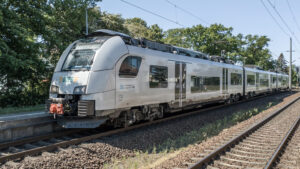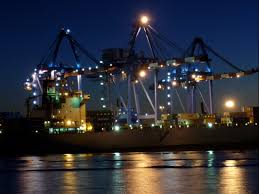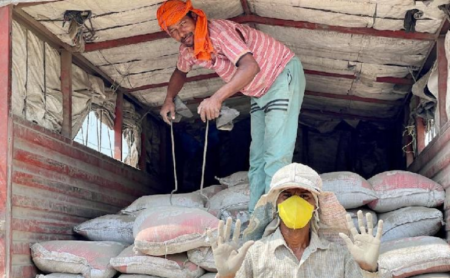With enormous growth potential, the Indian cold supply chain market is expanding quickly, particularly after COVID. However, the Indian cold supply chain industry is now very fragmented and plagued by significant problems, such as ineffective temperature management and monitoring and poor tech integration. India ranks second in the production of fruits and vegetables and is currently the world’s largest producer and consumer of dairy products. We generate more than 400 million MT of perishable food in accordance with this. However, a weak cold supply chain can result in up to 40 per cent of this being squandered. Additionally, the Associated Chamber of Commerce estimates that we lost a staggering $14 billion after the harvest. This directly affects our farmers and the economy, not to mention the prevailing hunger problem.
Future technological integration, combined with supportive governmental legislation, would pave the way for a strong and effective unbroken cold supply chain.
In addition to perishable foods, the pharmaceutical industry is a vital sector whose smooth operation depends on a reliable cold supply chain network. Vaccines, life-saving medications, and other pharmaceutical raw materials that are essential to the industry require a strong and well-managed cold supply chain network for storage, transportation, and the last mile. And for all of these issues, tech adoption is presenting a possible solution. Here are a few technological trends that will influence the market in 2023:
- IoT
IoT has the ability to completely change cold chains. Logistics firms may continually monitor each stage of the storage and shipping operations by incorporating IoT solutions into cold supply chains, which has a substantial positive impact on cost optimization. Fleet managers could adjust temperature settings on the go, take into account local climate variations, and account for unforeseen delays. IoT solutions are crucial because they reduce human error and give management the ability to address potential problems before they worsen into big disasters.
Additionally, combining these with a centralised platform can improve productivity even more, reduce waste, and bring transparency and control to the supply chain.
- Big data, AI, and ML
By analysing enormous amounts of real-time data, artificial intelligence and machine learning are assisting in delivering end-to-end insight into every cold chain activity. In addition to reducing human error, data and predictive analysis can assist in addressing issues with inventory management, stock control, quality testing, and pricing. For instance, AI and ML-based smart sensors can monitor vehicle maintenance logs to foresee potential issues based on past performance. This makes it easier to anticipate temperature changes and reduces the likelihood of vehicle breakdowns. Route optimization, inventory management, and the prevention of dangerous warehouse incidents—which could previously only be recorded and studied after they had happened—are further advantages of AI and data-driven predictive analysis.
- Technology Integration
Building a seamless cold supply chain network that enables total transparency and real-time tracking is feasible with the efficient integration of AI, ML, IoT, and data-driven insights on a single platform. Integration also provides a 360° view of cold chain fleets, including KPIs for capacity utilization, driving speed, and idle times. This openness of information guarantees optimal consignment distribution maximises capacity use and improves cargo security. Powerful algorithms used in data-driven predictive analysis assist save time and resources while carrying out repeated but crucial tasks. There are many applications for AI and ML, and the trend will only accelerate in 2023.
- Blockchain
Due to the fact that blockchain provides a transparent and secure platform to monitor and trace inventory as it moves through the supply chain, it is quickly overtaking other technologies as the preferred technology adoption for cold supply chain organisations. Additionally, when certain conditions are satisfied, intelligent, digitally coded contracts automatically carry out or record pertinent events, providing a method for supply chain stakeholders to work together and efficiently share information (and money). Blockchain technology has the potential to completely alter the way cold supply chain networks manage and monitor the temperature. Blockchain has been assisting cold supply chain organisations to increase efficiency, improve customer experience, and generate higher ROI by establishing trust and quality assurance, as well as successfully discovering faults or inefficiencies in real-time.
The cold-chain logistics sector has historically lacked access to modern technology. However, digital adoption and automation would unquestionably need to be at the forefront if we were to address their pain points. The necessity for significant expenditures in creating tech-enabled facilities still poses a hurdle, despite the fact that the aforementioned important technological trends have the ability to speed up the sector’s growth and help it realise its full potential. To encourage such investments, the GoI’s decision to permit 100 per cent FDI in logistics is a commendable move. Future technological integration, combined with supportive governmental legislation, would pave the way for a strong and effective unbroken cold supply chain.











